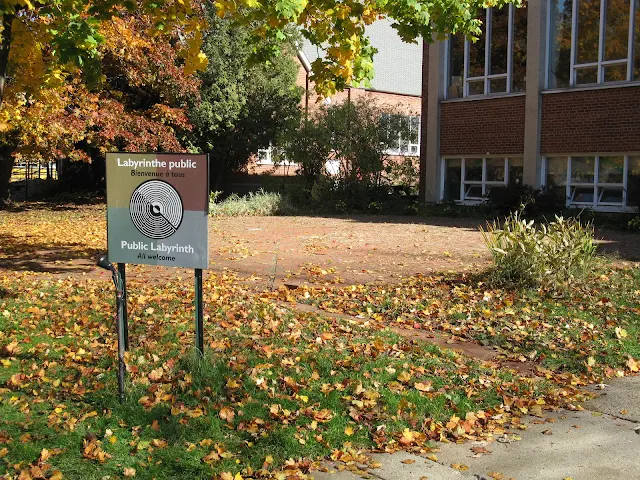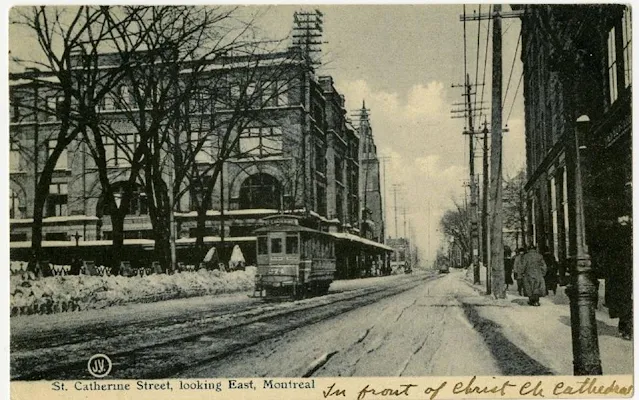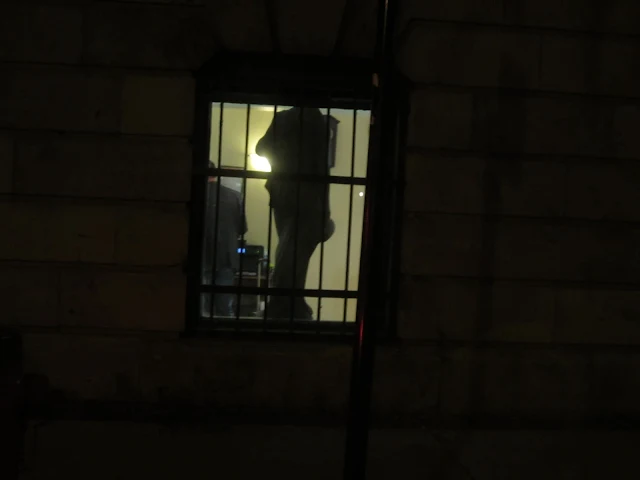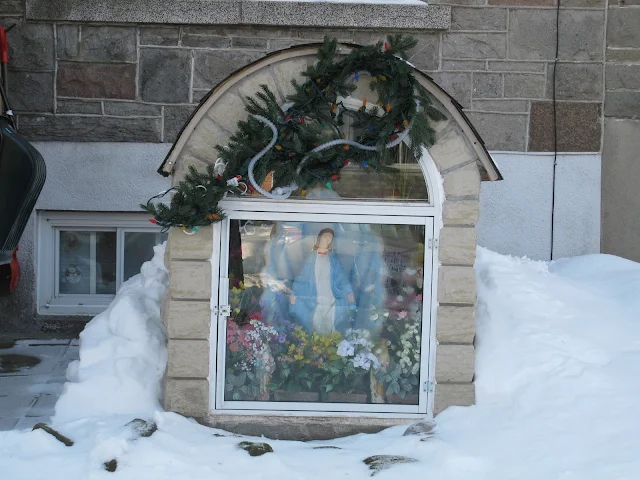Saturday, March 26, 2011
Lost, found, missing... (four)
Looking at these posters for lost, sometimes found, sometimes still missing pets--and occasionally missing people--the images taken in happier days become images of sadness, grief, and loneliness. A new context for presenting the image, in a poster, changes the meaning of the image from one of love and happiness to a context of loss.
We transform our pets into surrogate children, surrogate partners--we place a human burden on them--and yet, obviously, we don't value them as much as we value humans, there are few, or no posters for lost children. There is a poignancy to the images. As the image ages, it becomes damaged by water, faded by sunlight, and hope of finding the lost pet is diminished. The pet stares back at us, lost, sometimes found, missing.
Friday, March 25, 2011
Dr. William P. Morrissy of Greenpoint, Brooklyn
 |
Here is a photograph of Dr. William P. Morrissy of Greenpoint, Brooklyn, NY. The photograph is undated, an approximate date would be mid-1880s to mid-1890s. The photograph was sent to me by Anthony Sutherland. Dr. Morrissy was a nephew of my great great grandfather, Laurence Morrissey. William's brother, John Veriker Morrissy, was a Member of Parliament for Northumberland riding in New Brunswick. William was one of the first police surgeons for New York City. It is William's letter, written when he was a boy still living in New Brunswick, to Laurence Morrissey, by then living in Montreal, that contains so much information on the Morrissey family that the letter was saved for future generations; somehow it was even returned to the family in Newcastle (Miramichi), NB. More can be found on William at http://www.morrisseyfamilyhistory.com/. |
Thursday, March 24, 2011
Monday, March 21, 2011
Thursday, March 17, 2011
Monday, March 14, 2011
Thursday, March 10, 2011
Monday, March 7, 2011
Biography of Father Martin Callaghan
 |
| A drawing of Father Martin Callaghan when young |
 |
| Father Martin Callaghan in 1903 |
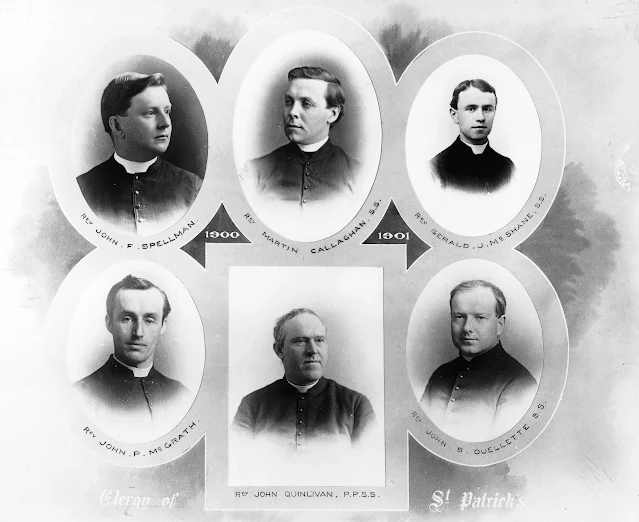 |
| Photo montage of the pastors at St. Patrick's Church, Montreal |
Father Martin Callaghan
Father Martin Callaghan was born on 20 November 1846 in Montreal. He attended the Petit Seminaire du College de Montreal (1860-1868) and he studied at the Grand Seminaire from 1869-1872. He was ordained a priest in 1872 and the following year he asked his Bishop to be allowed to enter the Sulpician Order for further training. The Sulpicians are a secular order, dedicated to training priests, but are not allowed to recruit priests to their order. Sulpician priests are referred to as "The Gentlemen of St. Sulpice" and are addressed as 'Monsieur'. Father Martin served as an auxiliary professor at the College de Montreal from 1872-1874. He served as vicar at St. Patrick's Church from 1875-1902; from 1902-1908 he was the pastor at St. Patrick's. He resigned from St. Patrick's in 1908 after thirty-five years service and was designated confessor of the Freres des Ecoles chretiennes. He also served at Notre Dame Church from 1908 to 1915 where he occasionally worked as a minister. Father Martin was dedicated to helping the poor and the working class, the class from which he came. He was also renowned for converting people to the Catholic faith; a church biography of Father Martin states, "par le nombre des convertis estimes par les statistiques les plus moderees a 3,000," which includes "protestants, juifs, Negres, Chinois".
In 1915, upon returning to Montreal from Baltimore where he assisted at a funeral for another priest, Father Martin fell ill; this soon developed into congested lungs. Father Martin died on 10 June 1915 in his sixty-ninth year. His brother, Father Luke Callaghan, sang the mass at Father Martin's funeral. One booklet describes the funeral: "A large cortege of mourners accompanied his remains to their last resting place beneath the chapel of the Grand Seminary on Sherbrooke Street."
Father Martin was also an authority Canadian on folklore and for a number of years he was the owner of the Fleming Windmill, an historical landmark located in Ville LaSalle.
His obituary, published in the Montreal Star of 11 June 1915, states that, 'Father Martin,' as he was affectionately known to many, 'was a true Irishman in warmth of heart and breadth of sympathy. His gifts to charitable movements were countless, and many of his benefactions were known only to himself. The poor and needy always found him a ready listener to the story of their troubles.'
Saturday, March 5, 2011
F.R. Scott’s “central passion” was poetry
This quotation, by F.R. Scott, is taken from Sandra Djwa’s biography of Scott, A Life of F.R. Scott: A Life of the Imagination (Douglas & McIntyre, Vancouver and Toronto, 1989).
Thursday, March 3, 2011
A walk in NDG (two)
Outside the Loyola Chapel at Concordia University, this rowan tree is full of berries; after the first snowfall, I was surprised that most of the berries had fallen. November 16, 2010.
Tuesday, March 1, 2011
Winter or a river
in search of me. I don't know, I don't know where
it came from, from winter or a river.
"Poetry" by Pablo Neruda
(trans. Alastair Reid)
Pablo Neruda, Selected Poems
(Penguin Books, 1975, page 218-219)
Sunday, February 27, 2011
Holy Wells, Montreal (continuation)
Continuing my search for "holy wells," here is a view of water appearing through the earth and snow in Loyola Park in western NDG. See previous entries for more information on this site and the topic of "holy wells." The City of Montreal's error was locating their experimental ecological site in the wrong place, it should have been where the water appears on the surface of the earth.
Saturday, February 26, 2011
Beyond Truth Is Compassion
make us happy or feel joy;
if truth were happy,
none of us would lie,
none of us would dispute
the others truth.
What brings people together?
Not truth but compassion,
Monday, February 21, 2011
C.G. Jung and the importance of family history
Jung writes,
When I was working on the stone tablets, I became aware of the fateful links between me and my ancestors. I feel very strongly that I am under the influence of things or questions which were left incomplete and unanswered by my parents and grandparents and more distant ancestors. It often seems as if there were an impersonal karma within a family, which is passed on from parent to children. It has always seemed to me that I had to answer questions which fate had posed to my forefathers, and which had not yet been answered, or as if I had to complete, or perhaps continue, things which previous ages had left unfinished. It is difficult to determine whether these questions are more of a personal or more of a general (collective) nature. It seems to me that the latter is the case. (p. 233)
This is continued on page 236:
… it is precisely the loss of connection with the past, our uprootedness, which has given rise to the “discontents” of civilization and to such a flurry and haste that we live more in the future and its chimerical promises of a golden age than in the present, with which our whole evolutionary background has not yet caught up. We rush impetuously into novelty, driven by a mourning sense of insufficiency, dissatisfaction and restlessness. We no longer live on what we have, but on promises, no longer in the light of the present day, but in the darkness of the future, which, we expect, will at last bring the proper sunrise … The less we understand of what out fathers and forefathers sought, the less we understand ourselves, and thus we help with all our might to rob the individual of his roots and his guiding instincts, so that he becomes a particle in the mass, ruled only by what Nietzsche called the spirit of gravity.
Sunday, February 20, 2011
A walk in NDG (one)
Sunday, February 13, 2011
The Motel Raphael today...
Tuesday, February 8, 2011
Decarie Square (two)
Decarie Square is home to various stores, a Winners, Sear's Warehouse, a motor vehicle bureau, a big Corrections Canada parole office, a two dollar cinema, various rug and carpet stores, and so on, assuming these stores haven't closed by now. It is just off the Decarie Expressway, and is worth a visit. Most people think of this as a failed shopping mall, failed probably because of its location and the changing demographics of the area.










